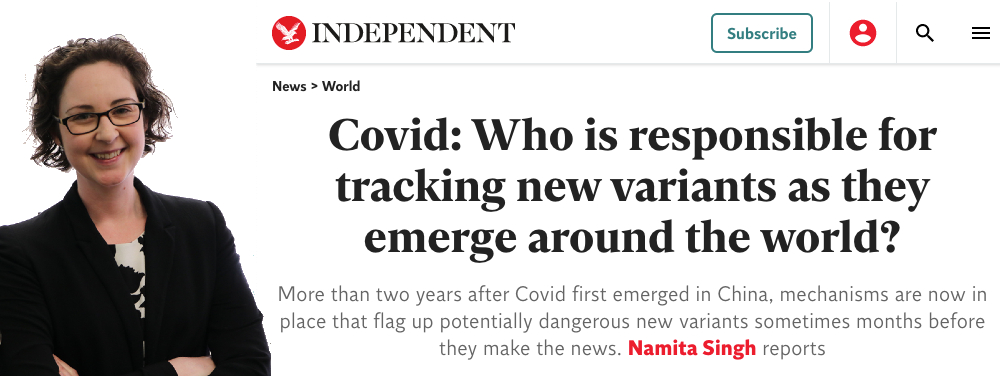Tracking new variants of COVID-19, how does it work?
Dr Norelle Sherry spoke with The Independent UK about the process of tracking mutations of COVID-19 and how variants of concern are discovered.
With Omicron wide spread across the globe, a new sub-lineage of Omicron discovered late last year, known as BA.2, has now been identified in at least 40 different countries. Dr Norelle Sherry, Department of Microbiology and Immunology, spoke with The Independent UK about the importance of tracking new variants of COVID-19 such as the new sub-lineage of Omicron and explained the process of how such variants are handled.
In the article, Dr Sherry explains that COVID-19 mutations arise randomly and frequently and such mutations aren’t usually cause for concern. However, when clusters of cases with the same viral sequence arise, it indicates the particular strain of virus may be a variant of concern.

According to Dr Sherry,
Sometimes the mutations can give the virus a survival advantage over the other circulating viruses - that is, more transmissible, causing more severe disease, or evading the immune system or vaccinations.
Genomic sequencing teams like Dr Sherry’s, are encouraged to share their data on potential new variants with Gisaid, an open science initiative founded in 2008 that now has the world’s largest database of COVID-19 sequencing data. Dr Sherry explains that this international sharing of sequencing data, enables genomic experts to track the spread of variants of concern throughout different countries and regions.